Fiifi Abban is a Ghanaian photographer and visual artist whose work captures the depth, culture, and soul of contemporary African life. Born and raised along Ghana’s coast, his early exposure to art began in high school where he studied graphic design, before later exploring photography as a form of storytelling. What began as a simple curiosity with a camera gifted by his mother has evolved into a distinct creative voice known for its authenticity, warmth, and emotional depth.
Working across portrait, fashion, and documentary photography, Fiifi’s images are marked by a quiet intimacy and a strong sense of identity. His work often reflects the beauty of African expression—its people, colours, and stories—offering a visual language that feels both modern and deeply rooted in tradition.
In this conversation, we discussed Fiifi’s creative journey, from his early beginnings along Ghana’s coast to finding his voice as a photographer whose work bridges fashion, documentary, and culture. He opened up about how storytelling shapes his images, the warmth and freedom that define his visual style, and what it means to represent African stories on a global stage.
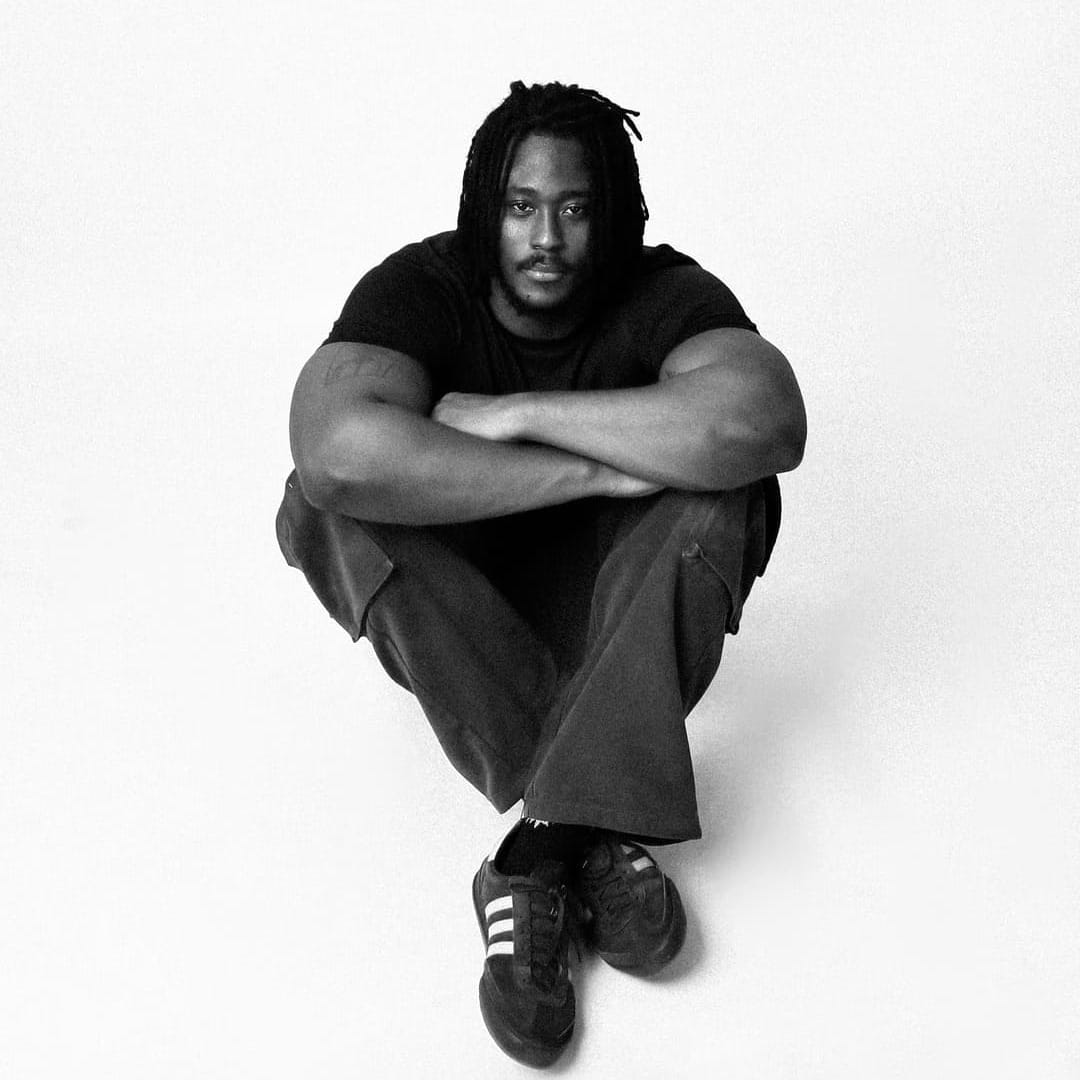
Let's go back a bit into your background. What was growing up like for you?
I was born and raised in Cape Coast, the coastal part of Ghana. My background is quite mixed. I was first exposed to art back in junior high school where I studied graphic design. Interestingly, I transitioned into banking and finance. That was before COVID. Even then, I’ve always had an interest in photography. I remember when I was young, my mom got me a point-and-shoot camera, that’s really how I fell in love with it. I didn’t even realise it back then; I just used to take it to school and photograph my friends for fun.
Before COVID, I mostly used my mobile phone to shoot, just experimenting and having fun with it. Thankfully, I had some amazing people around me who saw potential in what I was doing and encouraged me to take it more seriously. I didn’t really see the vision at the time, but they helped me realise what I could do with mobile photography. That was around 2019. Most of my early work was shot on an iPhone; in fact, even now, some of my favourite photos were taken before I ever owned a camera.
I remember I used to tell my mom that I wanted to go to film school. She’s always been supportive, but here in Ghana, at that age, telling your mom you want to do photography or go into film school was almost impossible. Most parents wanted their kids to get white-collar jobs; to become doctors, engineers, or something “stable.” So, I couldn’t really convince her back then. But I’ve always wanted to do film or photography. Thankfully, I started getting a few commissioned works even while shooting with my mobile phone, and that’s really how it all began.
Eventually, I got a professional camera, and it’s been an amazing journey ever since. Technically, this is my sixth year doing photography, since I started shooting on my phone before COVID. This marks about five years shooting professionally with a camera.
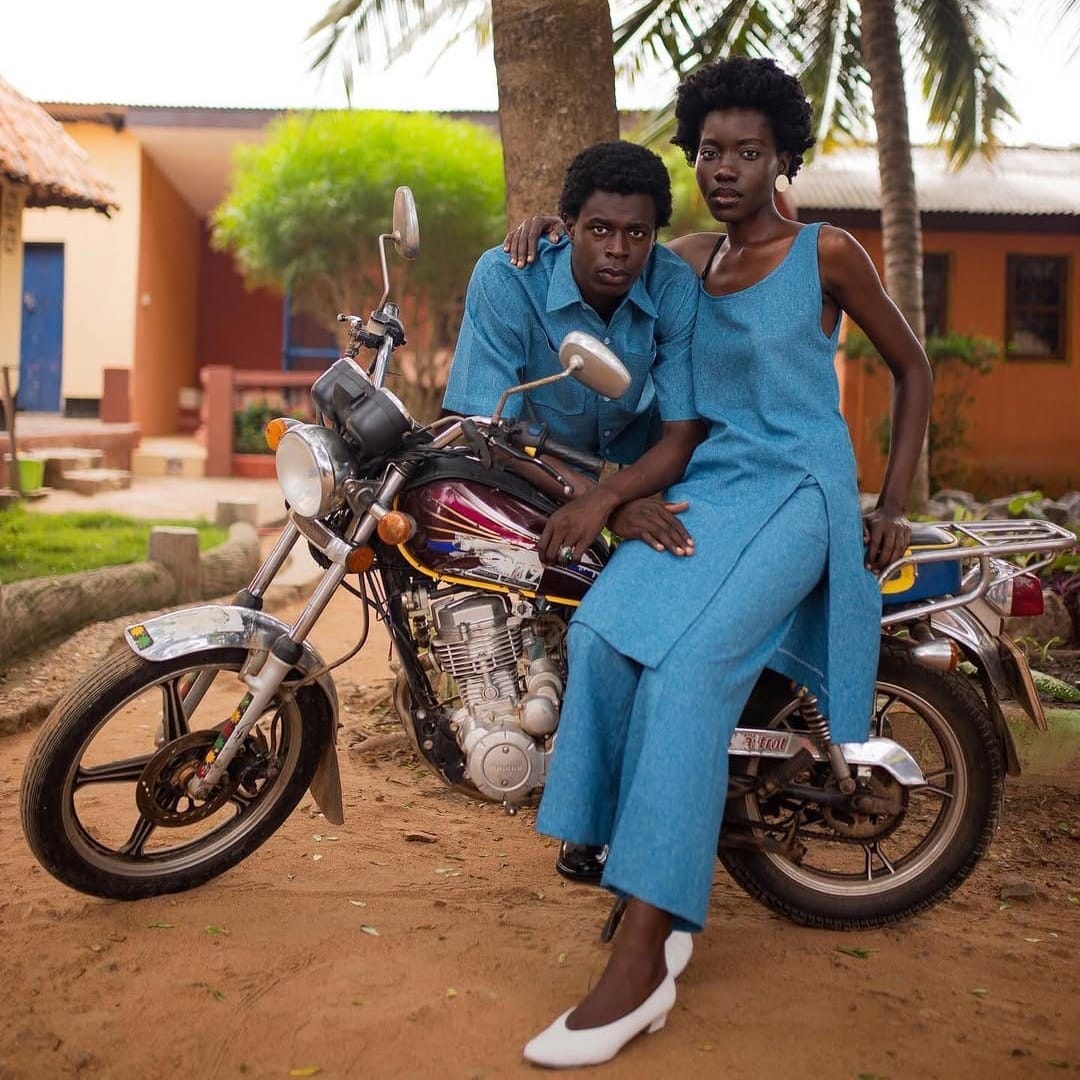
Was there a specific moment or experience when you knew, “Okay, this is it. I’m going to stick with photography and make it my full-time path?”
I can’t really point to a specific moment, but over time, once I started pursuing photography, I began to see the possibilities in it if you really invest in and nurture your craft. It wasn’t a sudden realisation; it just unfolded gradually. As I kept going, taking on different projects and exploring new things, I started to realise there was so much I could do with it. So no, there wasn’t one exact point when I decided, “I’m going to do this professionally.” It just happened naturally as I grew into it. Even now, I’m still figuring things out, there’s still so much to learn and a lot I’m experimenting with.
That’s really interesting. Growing up in Ghana, what role would you say that your community played in your creative expression and telling stories?
Growing up in the coastal area really played a big role in shaping me. It’s mostly a fishing community, and you can see storytelling in almost every part of that life. I don’t think I’ve even fully tapped into that side yet because there’s just so much happening there.
The storytelling aspect really stands out to me; you can literally wake up in the morning, walk down the street, and it feels like a movie. You see kids playing, people fishing, everyone going about their day, and every scene tells a story. That’s something that’s influenced me a lot. I’d say the storytelling part of my background has played a major role in my work now, and even though I’m still exploring and experimenting, it’s definitely a big part of my journey as a photographer.
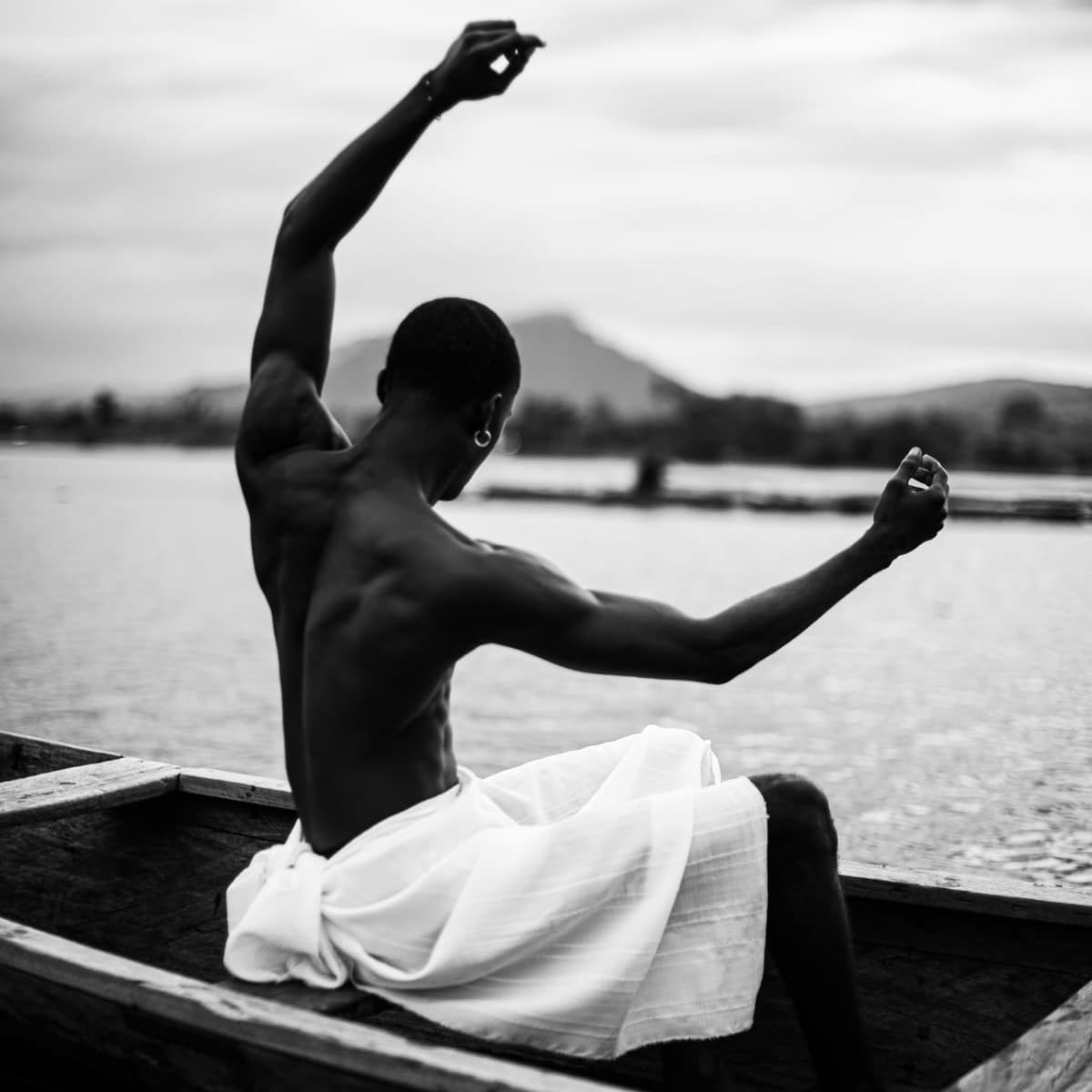
That must have been quite defining for you. What themes would you say describe your images, and how do they resonate?
Over time, I’ve also tried not to box myself in as a photographer. When I started, I didn’t really have a specific title. I was just taking photos. I wasn’t thinking, “I’m doing a documentary” or “I’m doing fashion.”
As time went on, I realised I could explore different areas like documentary photography, fashion, portrait, even landscape. But looking back, most of my work has centred around fashion and documentary or commercial photography. So, if I had to describe the main themes that run through my work, I’d say blackness, freedom, and warmth.
Speaking of themes and how you share your photographs, you capture icons like Kendrick Lamar and Kamala, but you also photograph everyday people and brands. Yet, all your images carry that same sense of warmth and intimacy. How are you able to bring that same feeling to everyone you shoot?
Usually, when I’m shooting, if there’s room for me to talk to the model or subject, I like to tell them that I want to capture movement and presence; not stiff or superposed shots. I try to make them feel comfortable and just let them enjoy their own pace while I capture the moment. Over time, I’ve learned to trust my intuition. I usually have a sense of what I’m looking for, so I let them move naturally while I shoot. Later, during post-production, I can always tell; “Okay, this is the shot I was looking for.” But in cases where there isn’t much time, like when I was shooting Kendrick. It's a bit different. You barely have a few minutes, so you have to know exactly what you want. Maybe it’s a specific frame, lighting, or composition, you just have to make the most of the moment.
When I photographed Kamala, for instance, I only had about five minutes because security was really tight. So, in that kind of situation, it’s all about documenting the presence and what’s happening in that moment, who’s around, and how you can frame that energy. So overall, when I have time, I let my subjects be free and present. When I don’t, I rely on instinct and quick judgment. Either way, it’s a very intuitive process, and after shooting, I can always recognise that shot that captures exactly what I was going for.
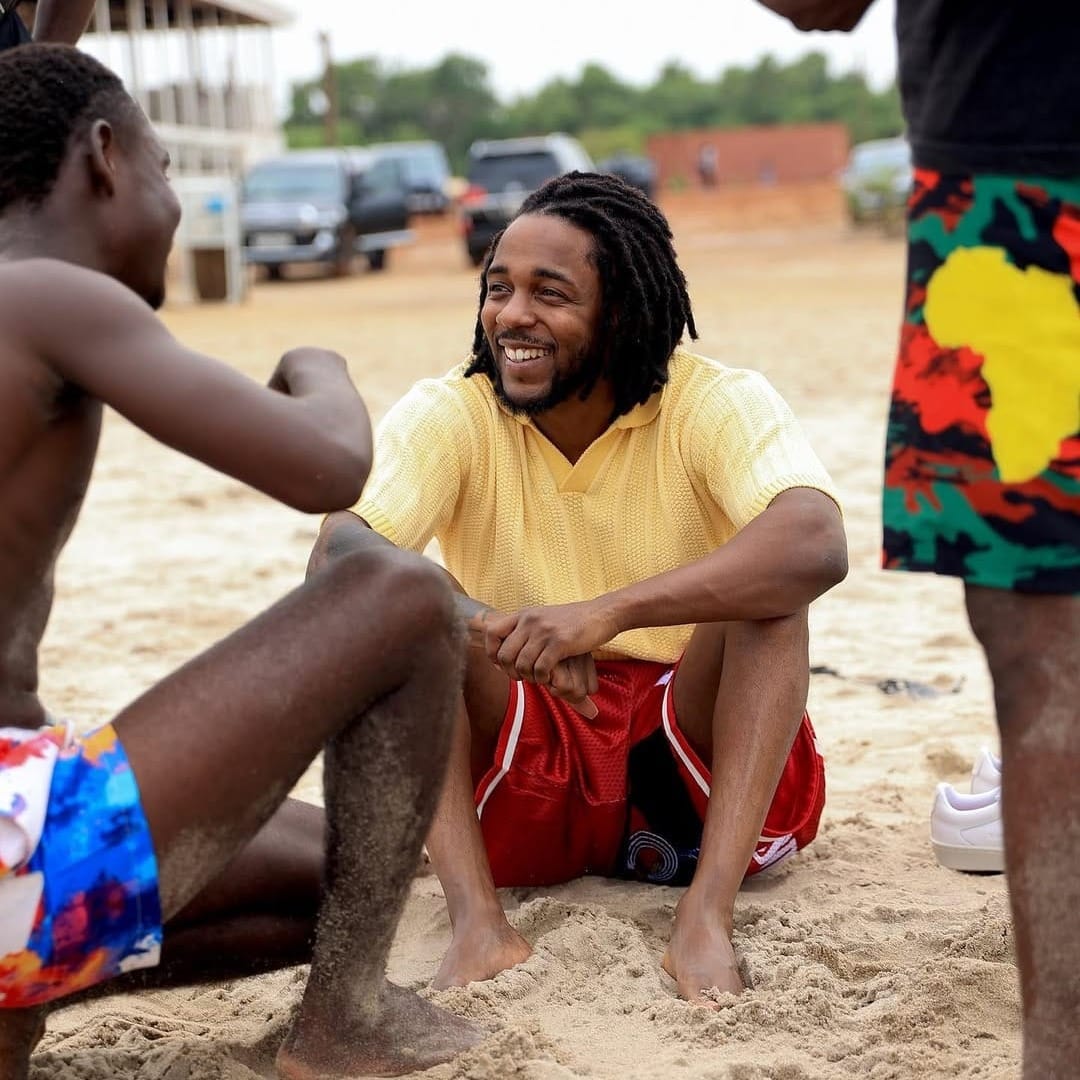
You mentioned that you do a lot of fashion photography. You collaborate a lot with Ghanaian and African brands, and you photograph African people in general. What does that mean to you, especially on a global level, to keep showcasing your culture and your people through your work?
I feel like there are so many stories to tell from here, and the goal is really to use every opportunity to show them to the world. Whether it’s a simple portrait, a self-portrait, a personal project, or a collaboration, I approach each one with that same mindset. As African creatives, I believe there are still so many untold stories. We have the voice and the perspective to share them ourselves. We don't have to wait for outsiders to come and tell our stories for us. Our culture is rich, layered, and deeply expressive, and I think we’ve only just begun to tap into that.
So, for me, it means a lot to be part of projects that celebrate who we are no matter how small they may seem. Even a single portrait can carry a story that speaks of where we come from; you can look at it and know, “This is from Africa, this is from Ghana, this is from here.” The goal isn’t to step away from where we are to create, but to use what we have right here to share our stories with the world. That’s what drives me, and that’s why it always means so much to be part of work that tells those kinds of stories.
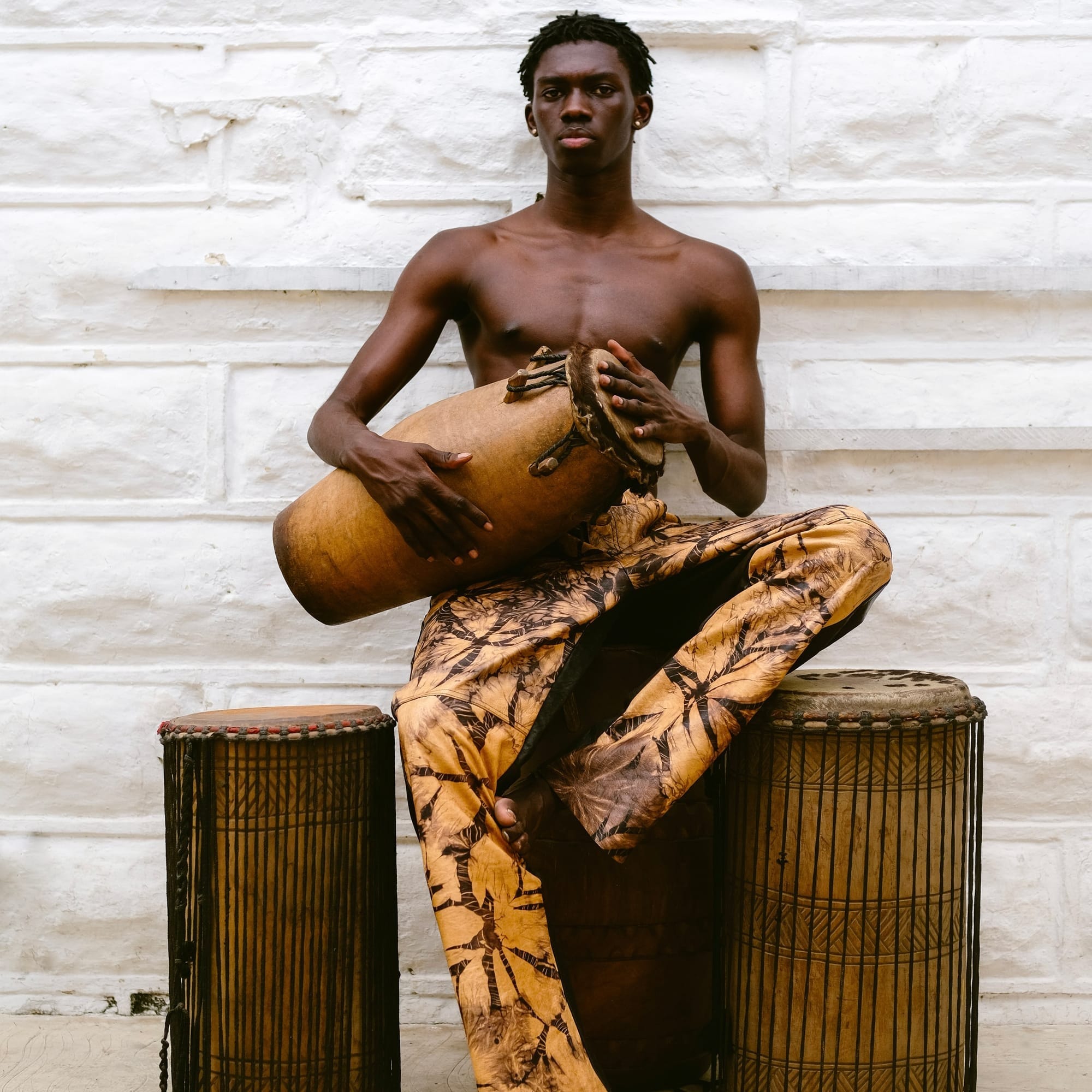
That’s such an interesting perspective. There's a lot of collaboration within the photography world and that comes with influences. Who are your biggest influences?
Over time, my influences have definitely evolved; it's a cycle that keeps changing. I’d say a lot of people have influenced me over the years: industry colleagues, people who came before me, and even people outside of photography entirely. There are so many names that it’s hard to mention everyone, but I’ve been fortunate to draw inspiration from different places.
In Ghana, there are so many amazing creatives doing incredible work, and they inspire me a lot. Even beyond Ghana, there are people whose work has really shaped my vision and approach. Way before I even picked up a camera, Ekow Barnes was already shaping how I saw things. He’s a writer and content producer, and he helped me see how big this could become if I really took it seriously.
In terms of photographers, there are a few names that stand out. I’ve been following Joshua Kissi since his street etiquette days. He's a great director and photographer. I also love how emotional Vivain Maier’s work feels. She was an incredible documentary photographer, and she had a great eye for composition and timing. Not forgetting one of the pioneers of African photography, James Barnor; his blend of portraiture and documentary storytelling is incredible. Currently, I’d say I’ve been really inspired by Richard Avedon. I love how raw and revealing his portraits are. He was a fashion photographer. So yeah, I’d say those are some of the people who’ve shaped my vision and influenced my career so far.
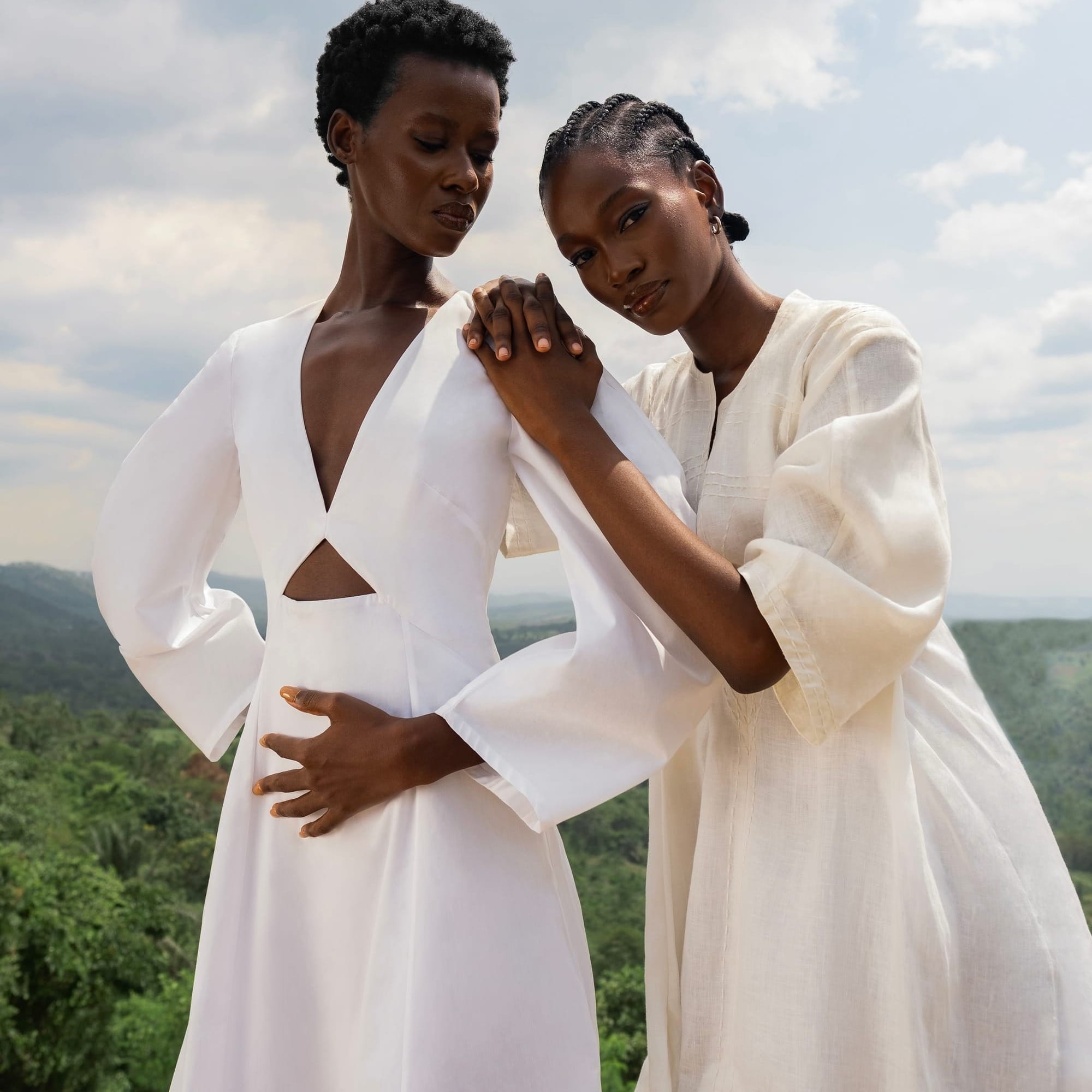
That really comes through in your work. Could you describe your photography as documentation, imaginative or is it a mix of both?
I’d say my work leans more toward documentation. I try as much as possible to capture everyday life and what’s happening around me at the moment. Of course, a bit of imagination comes into play sometimes, depending on the project, but for the most part, my work is rooted in documenting rather than creating imagined scenes.
As I mentioned earlier, I’m a very intuitive creative. Whatever happens in the moment, I just try to document it as it is. Then afterwards, I go through the images and reflect on what I’ve captured. So, I’d say most of my photos are more about documentation and capturing real, living moments as they unfold.
What would you say are some of the biggest challenges that you faced as a creative? And what have you had to unlearn in the process?
I wouldn’t even want to call them challenges, because over time I’ve learned that every situation comes with an opportunity. As an African creative, I try to look at things from the perspective of, “How can I make the most of what I have right now?”
But if I had to point out something I’ve really learned over the years, it’s not to compare myself with anyone. The industry, like you said, is very saturated, and to stand out or have a unique niche, you just have to focus on your own path. When I was starting out, one of the mistakes I made was comparing myself to others looking at who’s getting what project or who’s being recognized and wondering if I was doing enough. Over time, I’ve realised that comparison can really slow you down. So now, I just focus on my lane, my style, and how to get better at what I do.
Another thing, not exactly a challenge, but a reality, is that being on this side of the continent sometimes comes with limitations. Resources can be scarce, so you’re often forced to create with whatever tools you have at the moment. And that can be tough, especially for young photographers and creatives who may not have access to the best equipment or opportunities.
Still, I think that’s where a lot of our creativity shines through, we learn to maximize what we have, to make something out of very little. So, while it can be a challenge, it also becomes part of what shapes your voice and style as a creative.
But overall, like I said, if I see something as a challenge, then I probably wouldn’t do anything about it. So instead, I ask myself; how do I maximize the little that I have? It definitely has its good and bad sides, but the biggest thing I’ve learned over the years is not to compare myself with others. For me, creativity is personal. It’s about getting better every day at what I do and growing within my own niche. I’ve also come to understand that people are always watching , even when you think no one is paying attention.
You just have to keep creating. At one point, I used to think I was creating so people would see my work, but over time I realised that I need to create for myself first. I need to genuinely fall in love with what I’m doing. And once I do that, the right people, the people who connect with my work, will naturally gravitate toward it. So yeah, that’s one of the biggest lessons I’ve learned over the years: focus on your craft, stay consistent, and create from a place of love. Everything else will follow.
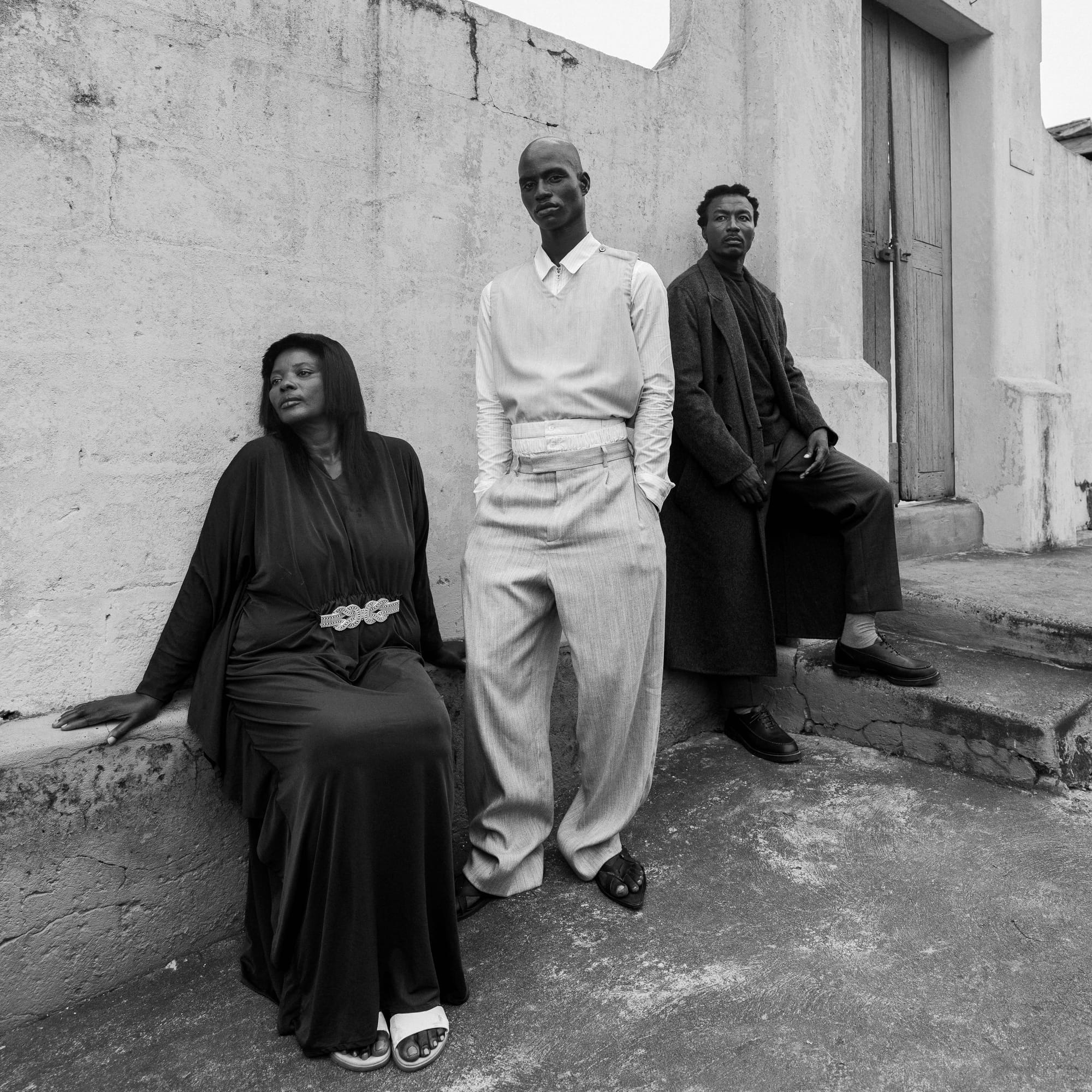
That’s a beautiful perspective. What are some of your favourite projects?
That’s the thing, I’ve had so many amazing experiences working on different projects. Each one has given me a unique feeling or taught me something new. But in terms of picking a single favourite project, I don’t think I can. I’m always thinking about what’s next, what my next project could be, so I tend to see all the work I’ve done as my favourites in different ways.
That said, there have definitely been some standout experiences. On certain sets, everything just flowed so seamlessly. I met incredible people, the energy was great, and it all came together naturally. Those moments usually become my favourite experiences, even if I can’t pick one specific project as my favourite overall. In terms of the final outcomes like how the images look or how the projects turned out, it’s really hard to narrow it down to just one. Each one holds something special for me in its own way.
What's next for you? What are you excited about in the future?
What I’m most excited about right now is that I’m in the middle of a journey of self-discovery. I’ve come to understand that no one can do it for me. I remember coming across a quote once that said, “No one is coming to save you, you have to save yourself.” That really stuck with me. So, what’s next for me is to keep finding out what I want to do and who I’m becoming. I see this whole thing as a long journey, one that we don’t always realise the depth of. It’s not just about creativity; it’s about growth in every sense. I’m learning to be a better person — a better friend, son, colleague, and lover — and I believe that kind of growth inevitably shows in the work too.
So, I’d say what’s next for me is to keep walking this path of self-knowing & becoming, and to keep understanding what I’ve been called to do, because I genuinely believe there’s so much more that I have to offer.
That's a very beautiful way to sum it all up. Thank you so much for having this conversation.

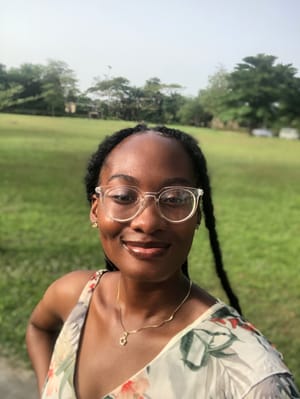
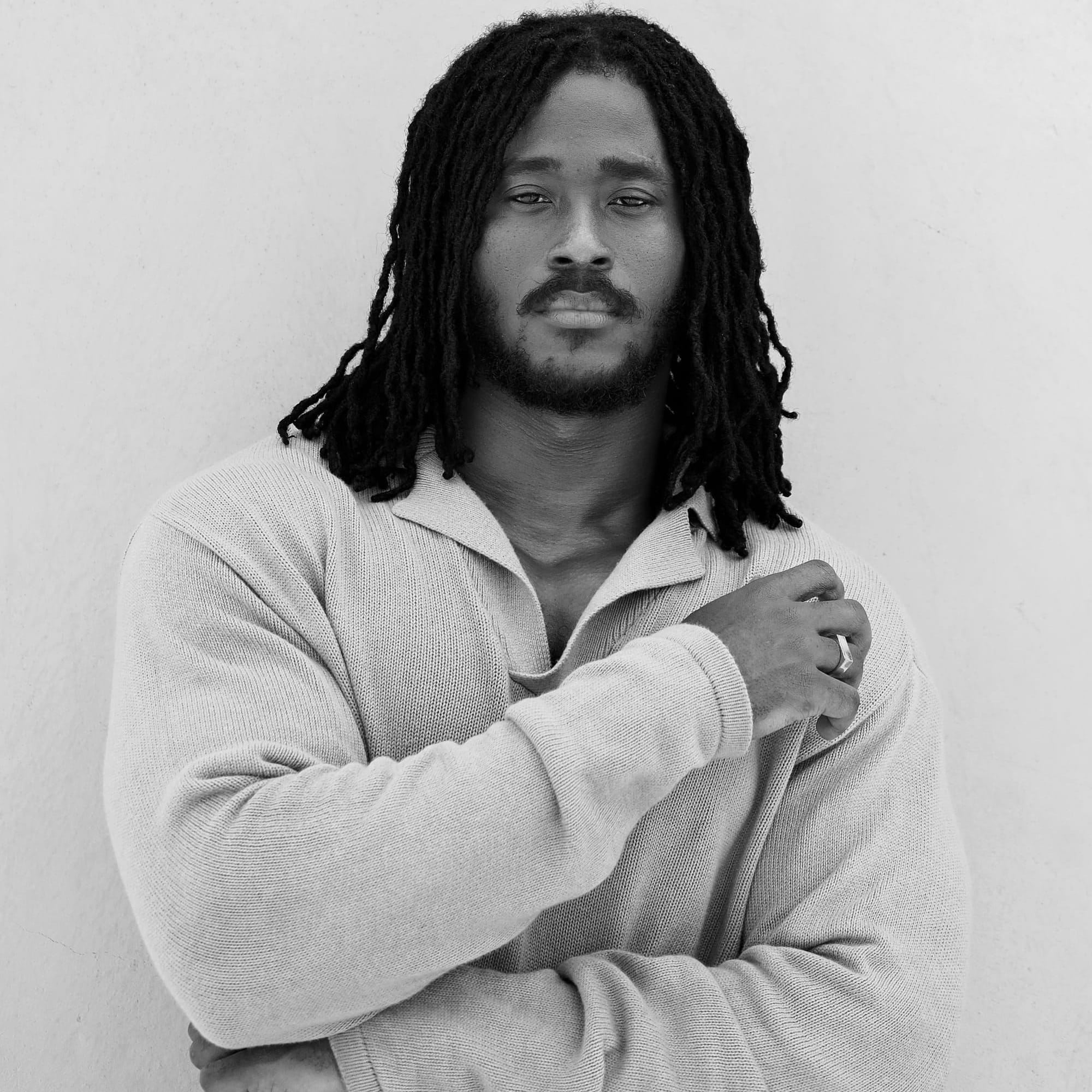
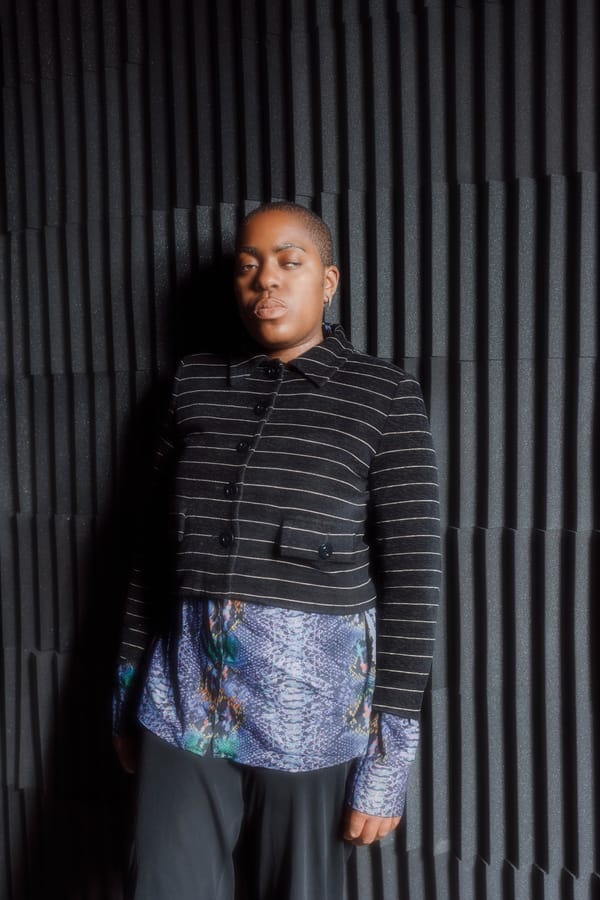
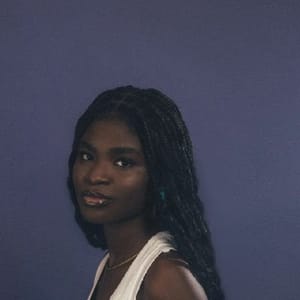
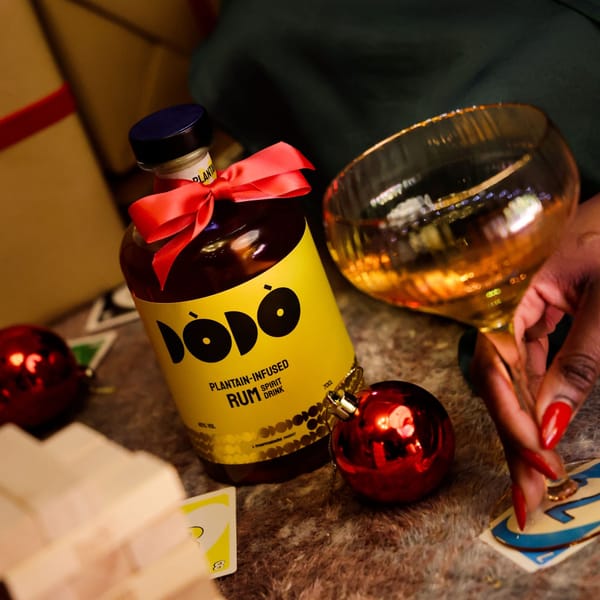
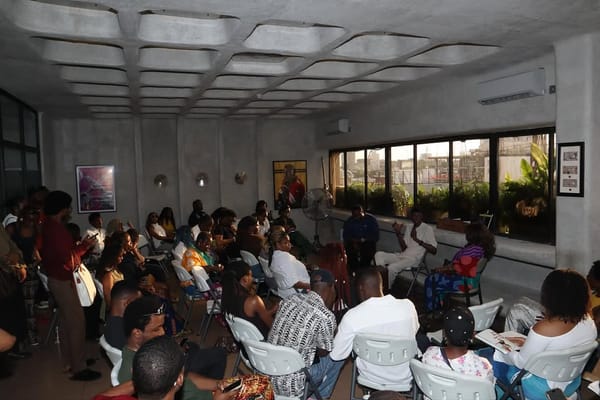
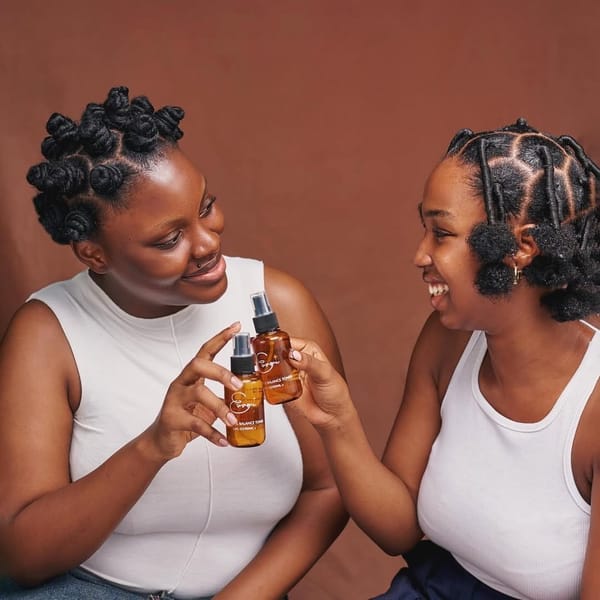
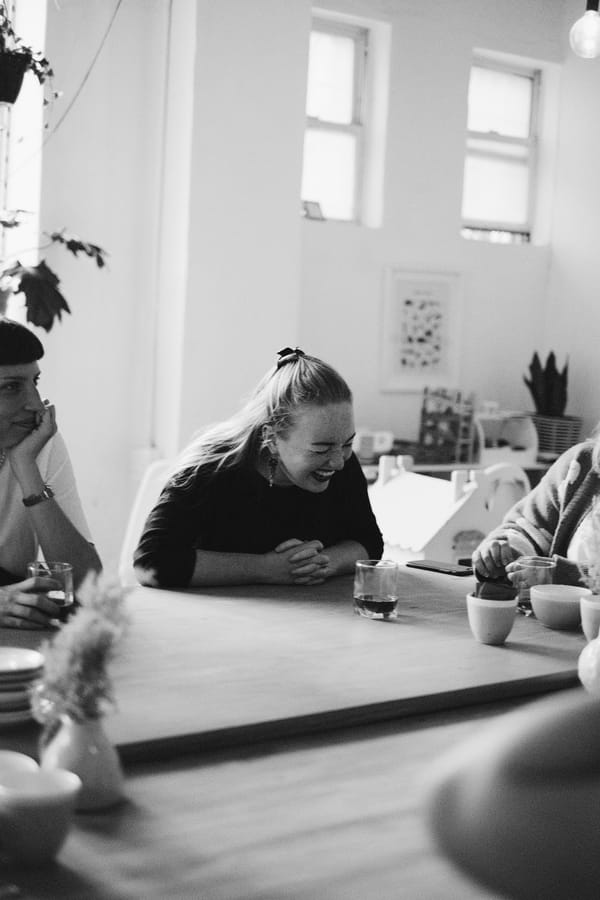
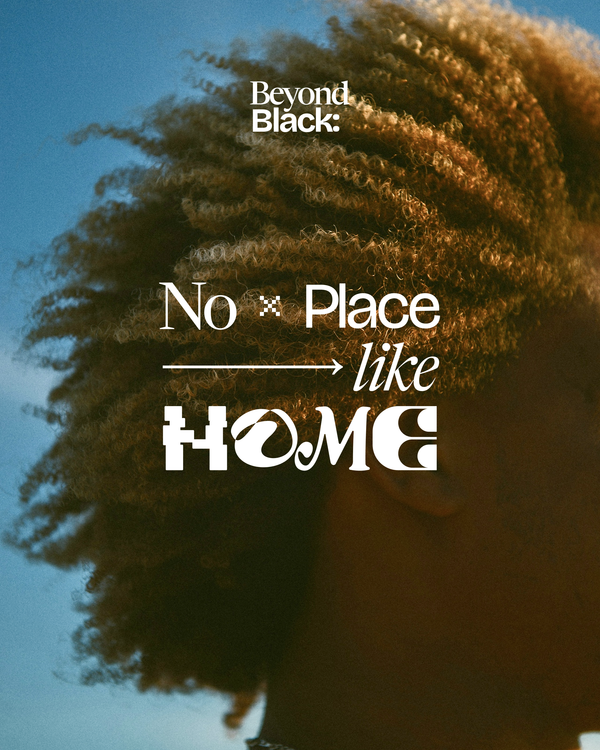
Member discussion